CLICK TO BE REDIRECTED
Creativity and Aesthetics
My most developed competency area is the Creativity and Aesthetics area of expertise. I have always been a creative person with a lot of ideas and a passion for making. The courses offered throughout the ID bachelor have allowed me to develop myself further in this area.
The introductory courses From Idea to Design and Project 1 Design were my first encounters with structured ideation and iterative design processes. These were carried with me in all future projects. Other courses taught me different methods of ideation and design such as sketching (Exploratory Sketching) or embodied design (Aesthetics of Interaction).
An iterative approach and different ideation methods were further developed in project 2 design and my Final Bachelor project. These projects revealed that I work best in an exploratory making process. Crafting inspires and activates me.

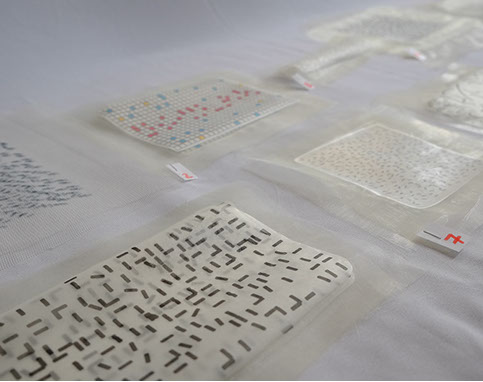
.jpg?crc=3889944616)
Iterative Design (From Idea to Design)
Exploratory Design Process (FBP)
Ideation through sketching (Exploratory Sketching)
>
Courses in this competency
DPB390 - Final Bachelor Project
DPB210 - Project 2 Design
DCB100 - From Idea to Design
DPB100 - Project 1 Design
DDB130 - Sound Design
DZB120 - Exploratory Sketching
DCB200 - Aesthetics of Interaction
DBB190 - Design for Debate
User and Society



Qualitative Research for Project 3 Research
User testing for IUGO
Co-creating for Marketing Research
and Design Methods
>
Courses in this competency
DPB390 - Final Bachelor Project
DCB100 - From Idea to Design
DDB200- User-centred Design
DCB170 - Socio-Cultural Sensitivity
DPB100 - Project 1 Design
0SAB0 - USE basis
4WBB0 - Engineering Design
DDB100 - Design <> Research
1ZSUA0 - Marketing R. + Design M.
1ZAUA0 - Innovating by Design
0HV40- Brain, Body & Behaviour
0HV10 - Intro Psychology and Tech.
0SV00 - Sustainable Development in a global context
DBB190- Design for Debate
User and Society is one of my most developed competency areas. I’ve followed many courses relating to the area. I will highlight the most important ones in this section. From Idea to Design and Socio-Cultural Sensitivity first introduced me to the importance of knowing your target group and being conscious of cultural differences. User-centered design showed me different methods of involving users in an iterative design process.
The marketing courses I took were very focused on tailoring a product to it’s user. They provided insight in methods of co-creation and user testing. Courses I took outside of the ID department involve two courses of the Psychology and Technology bachelor. These courses gave me an insight in the cognitive processes that underlie our behavior. This is valuable knowledge in user testing. The course Sustainable Development in a Global Context from the Sustainable Innovation bachelor showed me that sustainability goals require holistic approaches and that users or people are essential to move towards a better world.
The skills learned were applied in all of the projects. It mostly applies to project 1 design in which we did user testing to validate our concept and to project 3 research in which we did extensive qualitative user testing. My final bachelor project helped me see that having a deep understanding of the user is essential to create a bond between person and product, an important part of my vision.
Business and Entrepreneurship
The Business and Entrepreneurship area of expertise was first explored in the course From Idea to Design but I really started building up skills and knowledge from following the USE learning line New Product Development and Marketing. The three courses in this line taught me theory and skills on the subject. I learned the importance of doing market research and being close to the user.
Other courses that allowed me to gain experience in the Business and Entrepreneurship competency area are Design Management, Trends and Forecasting and Design innovation methods. I’ve learned to analyze strategies of existing companies and learn from the path they have taken in the past. I have also learned the importance of being aware of trends in the market.
The skills learned in courses were used in project 2 design and my Final Bachelor project to validate the concept and set up a potential business plan. Another activity related to this area is communication with experts, which was also mostly done in the projects.
Courses in this competency
DPB210- Project 2 Design
1ZEAU0 - New Product Marketing
1ZSUA0 - Marketing R. + Design M.
1ZAUA0 - Innovating by Design
DZB110 - Design Management
DZB170 - Trends and Forecasting
DAB200 - Design Innovation Methods


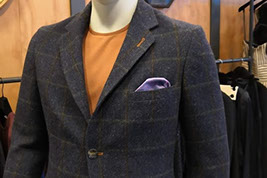
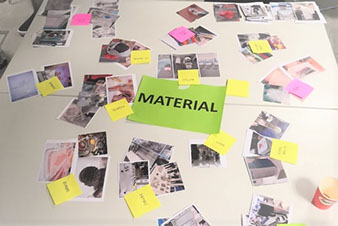
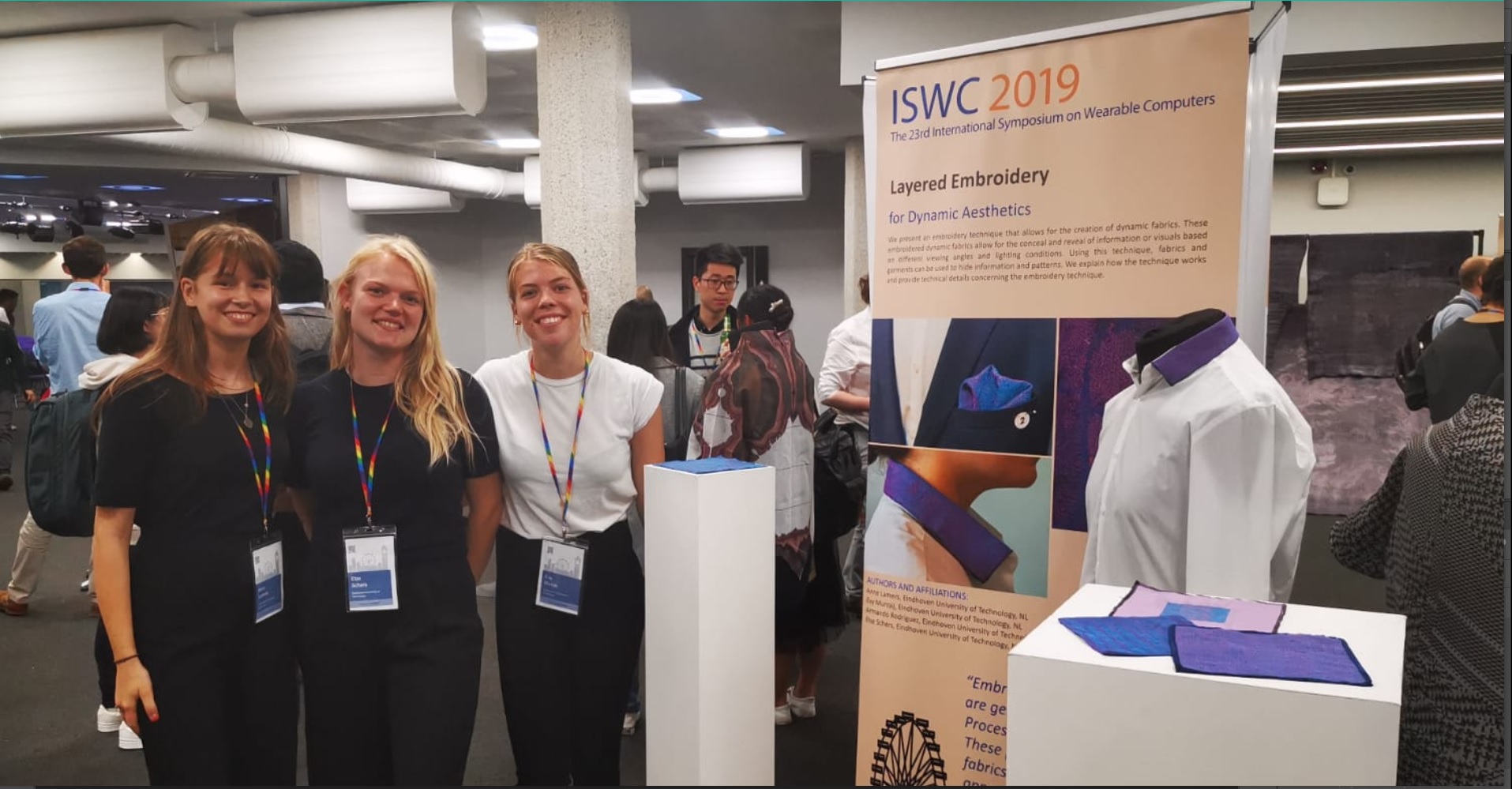
Using Business Model Canvas as a tool (Design Innovation Methods)
Market research for redesign fitbit (Marketing Research and Design Methods)
Collaborating with a tailor to find applications for the design (project 2 design)
Trend research (Trends and Forecasting)
Using the Value Proposition Canvas as a tool
(Design Innovation Methods)
>
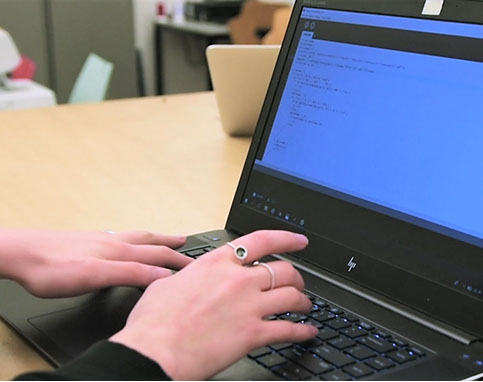
.jpg?crc=203003257)
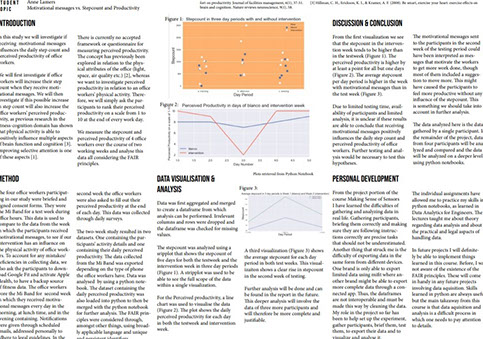
Using computing to generate embroidery patterns (Project 2 Design)
Data acquiring and analyzing (Design <> Research)
Acquiring, analyzing and visualising data (Making Sense of Sensors)
>
Math, Data and Computing
The Math, Data and Computing area of expertise is one I have mostly developed in courses. Creative Programming introduced me to coding and using mathematical formulas to create visuals. Data Analytics for Engineers and Making Sense of Sensors taught me important skills in generating, storing, analysing and visualising data. These skills were used in the projects and courses involving data or user testing that followed.
The competency area was used in project 2 design in which a processing code was used to generate embroidery patterns. Processing was further used in courses and my final bachelors project in which I used coding to convert text to a binary or morse pattern. Project 3 design was a lesson in dealing with large amounts of qualitative data.
Courses in this competency
DPB210- Project 2 Design
DBB100 - Creative Programming
2WAB0 - Calculus
3NAB0 - Applied Physics
2IAB0 - Data Analytics for Engineers
DAB100 - Making Sense of Sensors
Technology and Realization
The competency Technology and Realization was first brought up during Creative programming. It was used in From Idea to Design to ideate on and explore methods of creating a power generating phone case. The skills were then used in project 1 design to build the mechanics and electronics of the sleeping canvas.
Creative Electronics deepened my understanding of electronics. This knowledge was applied in Engineering design to create a headband that communicated sounds through vibrations on the head.
The skills learned were further used in courses which consisted of smaller projects. In project 2 design, the developed expertise was used to develop alternative ways of using a professional embroidery machine to push the boundaries of craftsmanship.
Courses in this competency
DPB210- Project 2 Design
DCB100 - From Idea to Design
DBB200 - Creative Electronics
4WBB0 - Engineering Design
DBB100 - Creative Programming
DPB100 - Project 1 Design


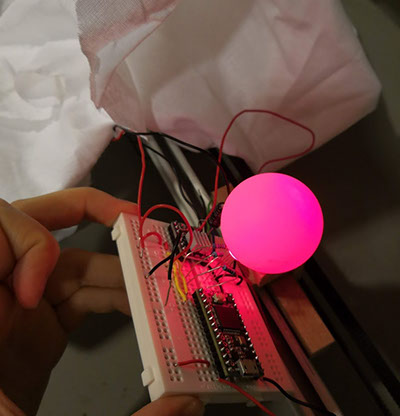
Vibrating motors for the sensory headband (Engineering Design)
Use of a professional embroidery machine for the creation of
dynamic fabrics (project 2 design)
Electronics used for Project 1 Design
>
Professional Skills
Design Research Processes
It is important to be prepared for a professional career by developing a prominent role as a decision maker and consultant as a designer. A set of skills helps to become this well rounded designer fit for a future professional career.
Communicating is the most key skill of the bachelor. Through teamwork settings I feel I’ve been enabled to perfect the skill. It is important to clarify everyone's goals at the start of a project and to involve these goals in the making of a task division.
Collaborating with outside parties is essential for bringing your design into the real world. During project 2 Design me and my peers were in contact with a tailor when we were developing our embroidery technique. This contact did not only motivate us but also allowed us to see several different business opportunities for the technique. During my final bachelor project I also reached out to parties outside of the university. They had a fresh look on the project that I feel helped to make the project more well-rounded.
Planning and Organizing is an important skill not only in a project process but also in your personal planning and goals. Throughout a project it is important to keep on track. Regarding personal development it is key to keep in mind the goals you have set for yourself and to understand the steps needed to reach those goals.
Dealing with Scientific Information is a skill I’ve developed through the activity DJC07 Dealing with Scientific information and through projects. Especially Design<>Research, Aesthetics of Interaction and Project 3 Research were key activities in this skill. They all required extensive literature reviews.
Presenting is a skill I have not developed fully yet since I feel slightly uncomfortable when presenting to a group of people, as many people do. However, the various activities provided for developing this skill definitely helped me. I feel much more comfortable pitching a project now than I did at the start of the bachelors.
Reflecting is a professional skill that I’ve developed over the three years of the bachelor. Though at first reflecting was something I did at the end of a project to overview my progress related to my goals, I now have moments of reflection throughout my design process. This helps me to have an overview of my progress and frame of mind throughout a project rather than giving a snapshot at the end.
Because most of the bachelor consists of mostly project courses, I have been able to develop my knowledge and skill on design research processes. Different methodologies and elements of design have been shown to me throughout the courses. I think I especially applied my knowledge on adapting appropriate methodologies during my project 3 design and my final bachelor project. These projects required adjusted user testing since we were investigating semi-sensitive topics. Project 2 design and my final bachelor project required an exploratory making approach rather than a problem-based one. It was essential to keep making during the process since this sparked ideas and developed existing ones. I feel the topics I have focused on in projects that I was personally very invested in are not topics that have been largely explored before. Little research has been done on the subject of valuable clothing. Furthermore, my work displays some dynamic and surprise elements. Other projects that incorporate data into clothing are a little bit more static. I am also very interested in analogous design whereas research on dynamic clothing often involves electronics.
RETURN TO HOME PAGE
ANNE LAMERS
Eindhoven
The Netherlands
© 2020 Anne Lamers
CONTACT INFO
anne.lamers98@gmail.com
+316-28817733
annelamers.com

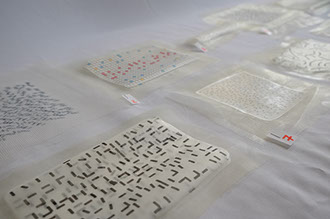
-crop-u107143.jpg?crc=4032633690)


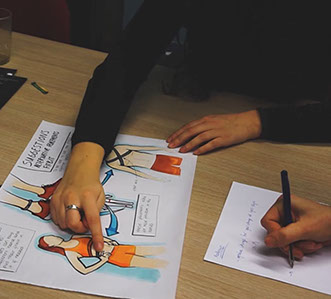
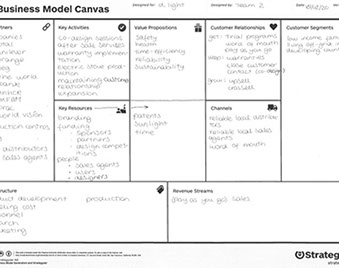
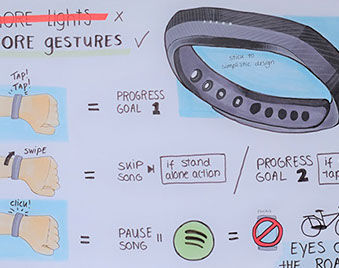


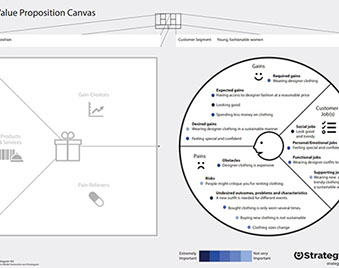

-crop-u109290.jpg?crc=3896092004)

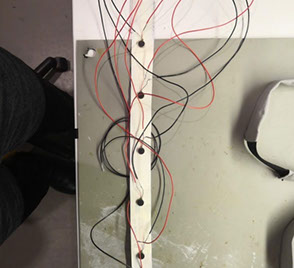
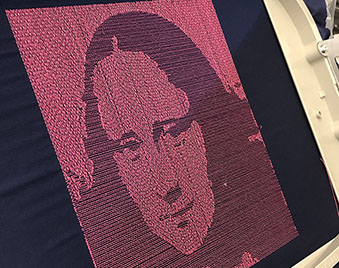


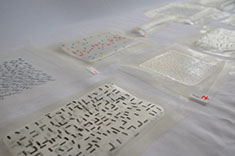
-crop-u1071432.jpg?crc=4255134263)



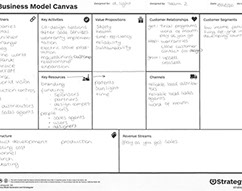

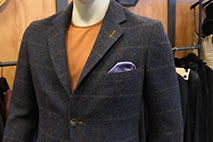
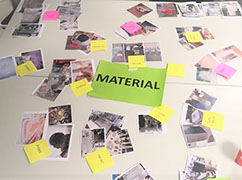
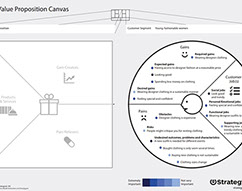

-crop-u1092902.jpg?crc=296649147)
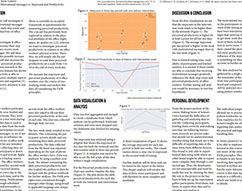
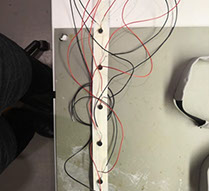

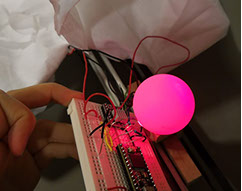

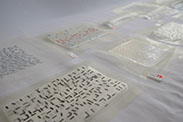
-crop-u1071433.jpg?crc=4141872893)
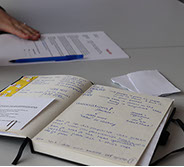

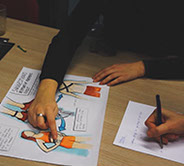
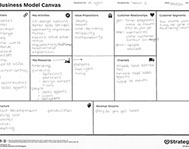



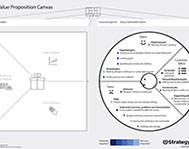

-crop-u1092903.jpg?crc=4048817070)


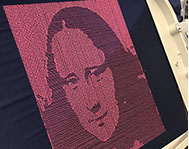
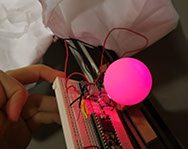


-crop-u1071434.jpg?crc=3930028916)









-crop-u1092904.jpg?crc=3899866424)



